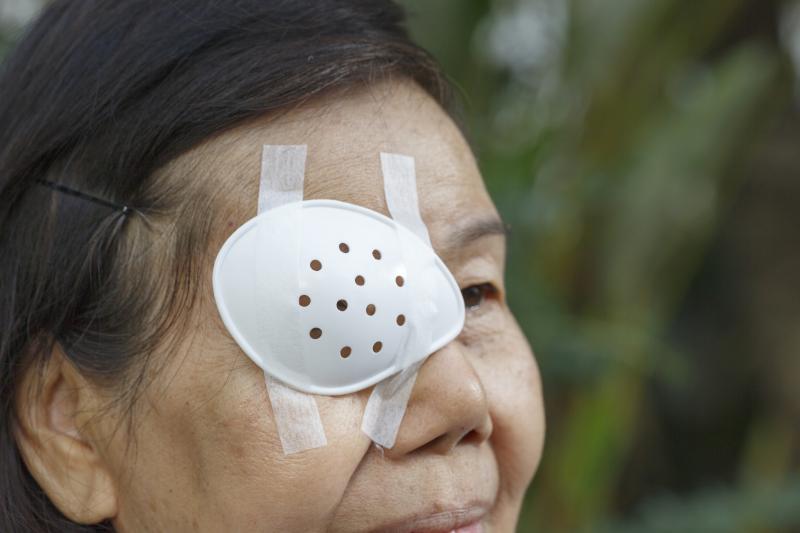 60% out of 63,000 Malaysians aged 50 years and above who were blind had treatable conditions.
60% out of 63,000 Malaysians aged 50 years and above who were blind had treatable conditions.The risk of cataract surgery complications, such as vitreous haemorrhage and corneal oedema, are higher in people with end-stage renal disease (ESRD), a recent study has found.
Accessing the National Health Insurance Research Database of Taiwan, researchers identified 352 ESRD patients (mean age, 67.25±9.78 years) who underwent cataract surgery, and 1,760 matched controls (mean age, 66.93±9.7 years) who received the operation but had no ESRD. The main outcome of interest was the development of surgery-related complications within 3 months after the procedure.
Vitreous haemorrhage was detected in 15 patients with ESRD, yielding an incidence rate of 4.26 percent and emerging as the top cataract surgery-related complication in these participants. In comparison, glaucoma was found to be the most common complication in controls, with an incidence rate of 3.13 percent (n=55).
Relative to controls, the rate of vitreous haemorrhage was significantly higher in the ESRD patients, translating to an excess in risk (4.26 percent vs 0.85 percent; odds ratio [OR], 5.06, 95 percent confidence interval [CI], 2.36–10.87; p<0.001). The same was true for corneal oedema developing within the second month after cataract surgery.
Similarly, ESRD participants were significantly more likely to need reoperation for dropped nucleus or vitreous complications (2.84 percent vs 0.91 percent; OR, 2.74, 1.20–6.27; p=0.017).
Notably, despite glaucoma being the most common complication in controls, the corresponding rate in ESRD patients was still higher at 3.41 percent. The resulting risk estimate failed to reach significance (OR, 1.07, 95 percent CI, 0.56–2.05; p=0.8301).